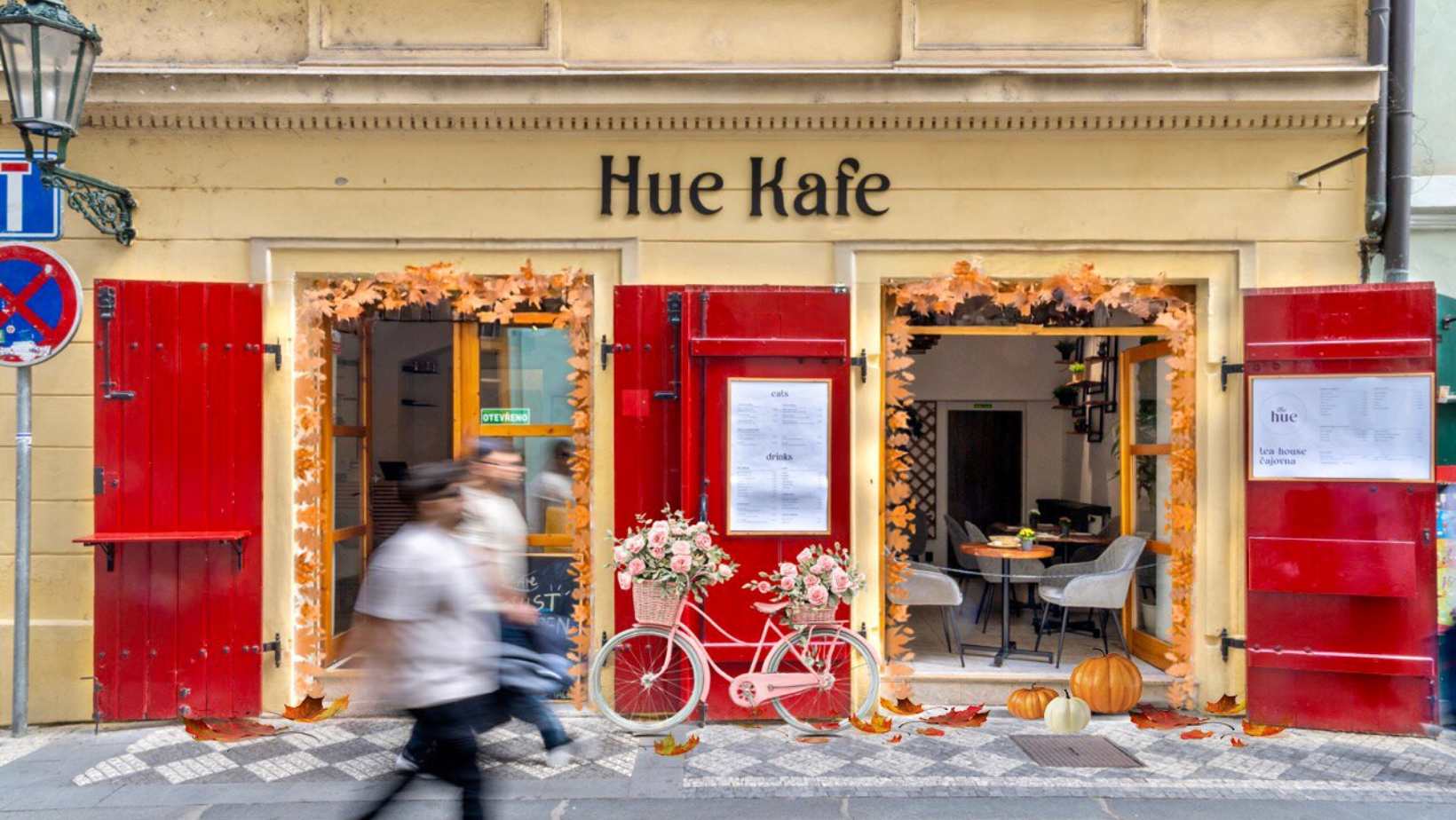Holy Thursday is called Maundy Thursday in English from the old Latin name for the day, “Dies Mandatum,” i.e. “the day of the new commandment”.
Zelený čtvrtek (Green Thursday) is how the Czechs and Moravians refer to Maundy Thursday. One explanation is that in many places, before the thirteenth century, green vestments were used for the Mass that day.
Another is that this is a reference to “the Green Ones,” the penitents who, being re-admitted to the Church, wore sprigs of green herbs to express their joy. The “grün” in the German name for the day (“Gründonnerstag”, literally Green Thursday) does not derive from the name of the color but is a corruption of the word “greinen” (weinen, to weep).
On this day of the final evening of the Lord, all bells are rung before they are silenced until White Saturday. The sound of bells, about which it is said that they were cast in Rome, are replaced by children’s rattle and clappers and are rattled morning noon and night in the place of bells, and were even used to drive out Judas.
A strict fast used to be observed on Green Thursday. Because only a single, meatless, complete meal – free of any food of animal origin – was allowed, only vegetables were eaten. Thus, Green Thursday.
The eating of green vegetables is still a customary part of the meals served on this day in many parts of Europe. The Czechs and Moravians eat a soup of green herbs, followed by a green salad.
On Zelený čtvrtek the children must go out very early in the morning and bathe – naked! – in the river. This is supposed to be a cure for laziness. And when they come in, shivering and complaining that they’ve just been made to do something they would be punished for in summer, when they would enjoy it, the rope-like jidášky are eaten.
In the evening the village boys used to equip themselves with a wooden rattle (řehtačka), which was specially made for the purpose. They formed a group and walked through the village, rattling their rattles vigorously so the noise could be heard from afar.
In the Czech Republic, the hawthorn tree is supposed to weep on this day. According to tradition, it is the tree from which the crown of thorns was fashioned.
Of all the plants mentioned as the source of the torturing crown, none is better known than the hawthorn. So abundant are its white blossoms in spring that its long, spiny thorns are hardly noticeable, but they are capable of inflicting a painful wound and their sharpness is soon apparent when branches are carelessly handled.
-
NEWSLETTER
Subscribe for our daily news











